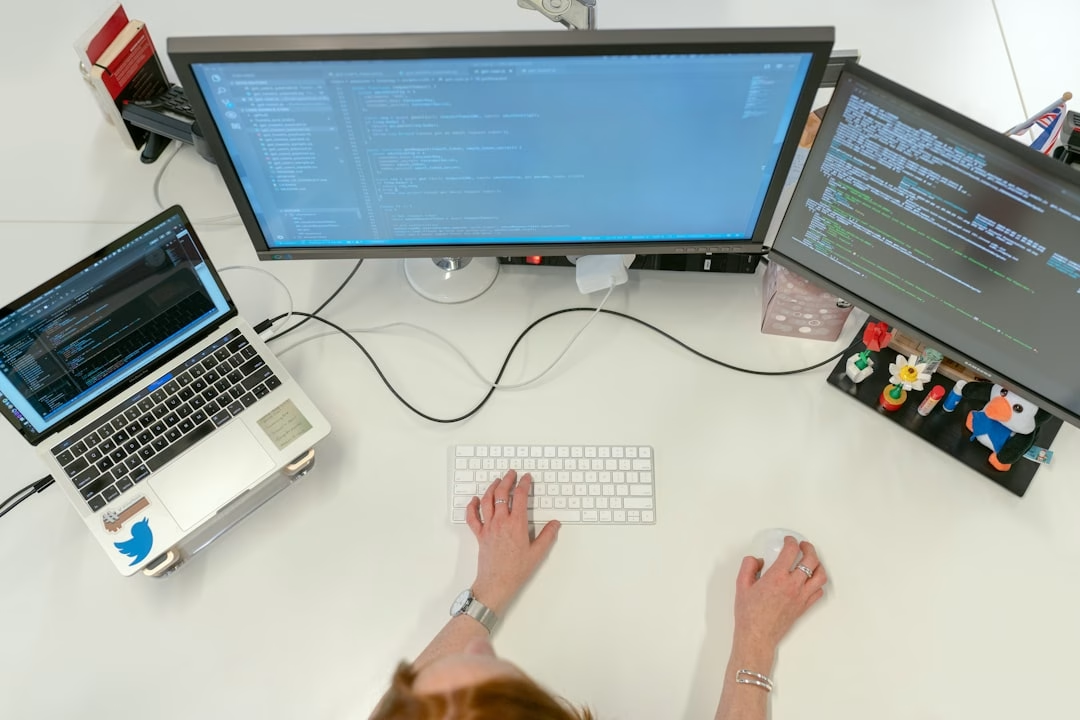The Principles of Clean Architecture.
The Principles of Clean Architecture: A Candid Chat
Hey there, folks! Ever since I started my coding journey, clean architecture has been a passion of mine. It’s the architectural equivalent of your mom telling you to clean your room – only this time, the room is your code. Today, I want to share with you some fundamental principles of clean architecture in a laid-back, conversational style. So grab your coffee, and let’s dive in!
Defining Clean Architecture
But before we get our hands dirty (pun intended), let’s define clean architecture. This concept was popularized by Robert C. Martin, known in the developer community as Uncle Bob. His core idea is straightforward: the design of software should be organized in a way that it remains understandable, flexible, and maintains longevity – much like a clean and clear living room that anyone can navigate through! [1]
Key Principles
Now, let me share the key principles of clean architecture with you, sprinkled with my own experience and amusing mishaps along the way.
- Independent of Frameworks: Clean architecture doesn’t tie itself to a specific technology or framework. It supports them but doesn’t depend on them. Kind of like my relationship with coffee – I do love a cup (or two), but I could make it through the day without it if I had to (just).
- Testable: The business rules can be tested without the UI, database, web server, or any external element. I learned this the hard way when a project at my first job ran into multiple issues, and we realized – too late – our tests were tied up with external elements.
- Independent of UI: The UI can change without changing the rest of the system. It’s like repainting your living room – the room doesn’t change, just the color.
- Independent of Database: You could swap out Oracle for SQL Server, for example, and your business logic won’t blink an eye. Like swapping chocolate for vanilla ice cream – the sundae stays the same!
In a Nutshell…
So fundamentally, the goal of clean architecture is just like it sounds – to keep our code clean and beautiful, not for vanity but for maintainability and scalability. It’s not always a walk in the park, I tell you. But once applied correctly, it’s similar to cleaning your room – it just feels so satisfying and makes life easier. I hope you find the discussion insightful and can apply some of these principles to your next big idea. Until next time, keep your code clean, and your coffee strong!
[1] Robert C. Martin, Clean Architecture: A Craftsman’s Guide to Software Structure and Design (Prentice Hall, 2017).






